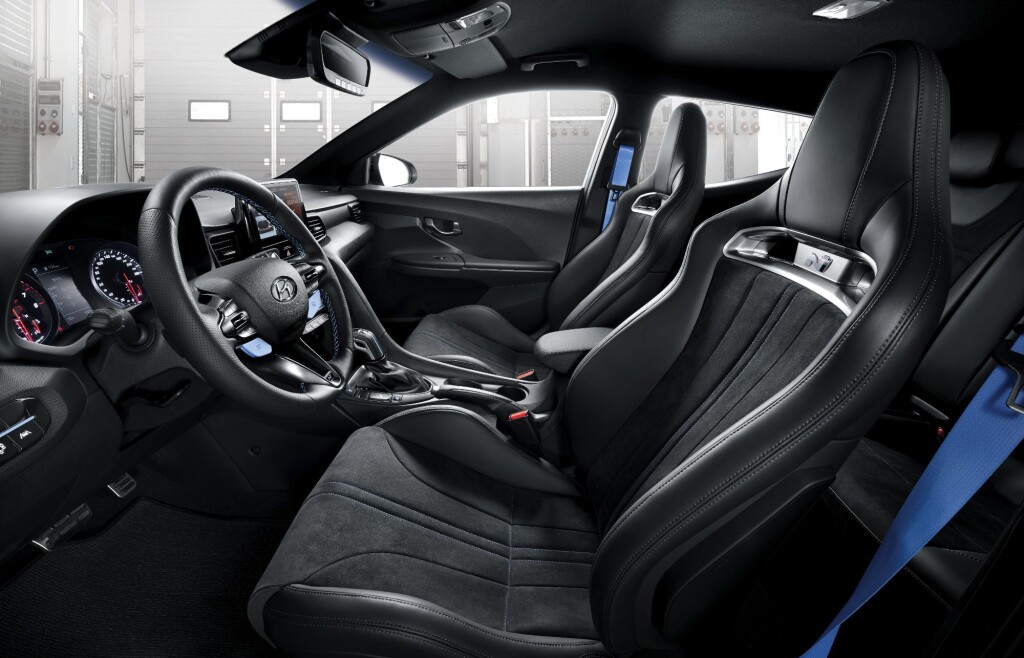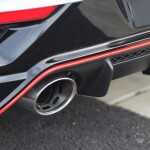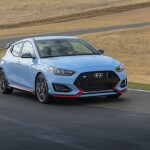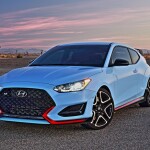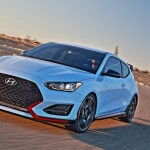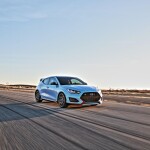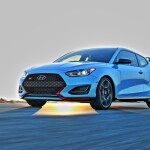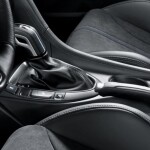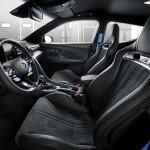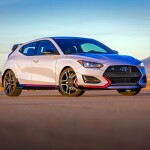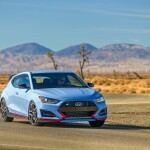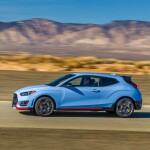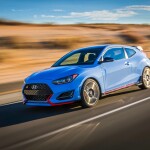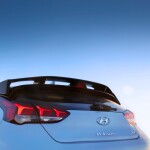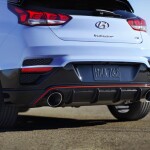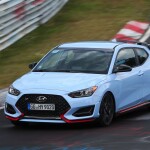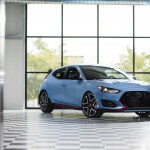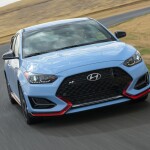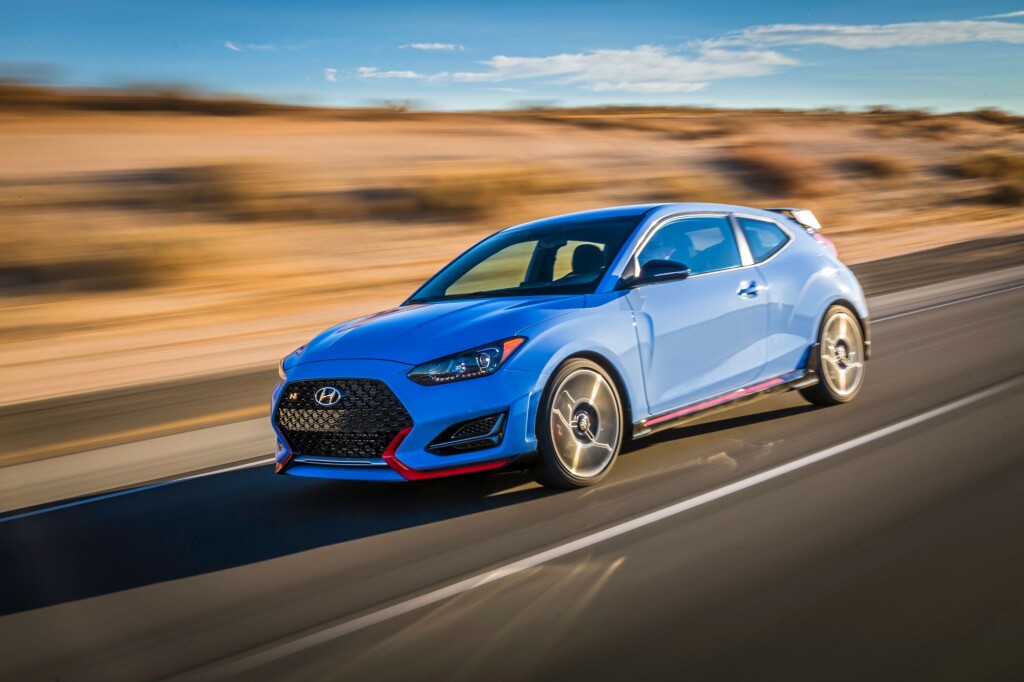
I’m at a weird age. Nearing 60 I’m not exactly elderly, but not considered young either. Each morning when I get up my body sounds like a bowl of Rice Krispies, snap, crackle, pop, but I’m nowhere near needing to wear an adult diaper, though I do admit I have to make at least one nightly trip to the bathroom on a semi-regular basis.
Perhaps the biggest thing I’ve noticed about growing old is the generational gap that keeps getting wider every year. Yes, I’ve caught myself from saying “in my day” more than once, but I don’t “twerk”, use “beard oil”, nor do I listen to Post Malone and I find the spelling of “The Weeknd” annoying.
I also profess to being out of touch with the youth car culture. No longer do big tires on the back, and big V8s under the hood mean anything. Instead of Pontiac and Buick muscle, today It’s all about Golfs, Rabbits, Imprezas and Civics. Small, mainly Japanese, cars that pop and smoke and sound like loud sewing machines, at least to me.
These loud sewing machines have provided the distant background music of my otherwise dull life during lockdown. It’s easy to hear in the distance; a loud “braap” followed by popping sounds. Especially those pops. It seems the latest trend among the youth car culture is tuning their little cars and exhaust to get the car to backfire resulting in loud popping noises that sound like gunshots echoing through the night air. It’s all part of a ritual known as “hooning” yet another word I don’t quite understand.
Several nights a week near my suburban neighborhood, a group of what I imagine are youth, can be heard blasting up and down the road. The popping imitating what to this old soldier sounds like a battle being waged. It’s annoying as hell and a “you kids get off my lawn moment.”
These kids are no doubt “hooning” which is actually illegal Australia and means any “anti-social behaviour conducted in a motor vehicle—a car, van or motorbike—such as speeding, street racing, burnouts and playing loud music from a car stereo.” To me that loud popping is definitely “anti-social behaviour” as defined by the Aussies.
I’ve heard of “hooning” of course. Ken Block uses this term in Dirt 3, a video game. Block’s Ford Fiesta has sported “Hoonigan” and “Hooning is not a crime” decals. And Block’s racing team has been called the Hoonigan Racing Division since 2013. I like Ken Block and what he does with a car, love to watch him drift around obstacles and tear up a track.
I just don’t want Ken Block, or anyone else, “hooning” in my neighborhood.
That was until last week.
Hyundai delivered me a Veloster for a few days. Specifically, a 2021 “N” model. I’ve had several Velosters through the years, the first back in 2014, the most recent a 2020 model near the end of 2019. The early models were a bit lethargic, but the 2019 added a much-needed boost under the hood with a turbocharger.
Even with the turbo charger though the Veloster wasn’t a throw you back in the seat sports car, still though it was a lot of fun.
This new N model is like a Veloster super-sized. The first time I saw the “N” designation, I thought perhaps those jokesters at Hyundai were taking a dig at Nissan’s “NISMO” badge. Turns out the N stands for Namyang, home to Hyundai Motor’s global R&D Centre in Korea since 1995 and for the Nürburgring, home to Hyundai Motor’s European Test Center, and according to the company the N also symbolizes a chicane. Clever, but I still think that somewhere along the way, there is a dig at Nissan. But I digress. Hyundai is big into the FIA World Rally Championship and anything with the N on it is aiming to build on the company’s motorsport experience.
So then, the N of the Veloster is an overall aggressive high-performance treatment that makes it sportier, and faster.
The Veloster N was first introduced in 2019 and left relatively unchanged last year. For 2021 the previously optional Performance package is now standard. This package adds a 25-hp boost to the turbocharged 2.0-liter inline-four (up to 275), and it adds an electronically controlled limited-slip differential, larger brake rotors, an active exhaust system, and 19-inch wheels with Pirelli P Zero PZ4 summer tires, replacing the standard 18-inch Michelin Pilot Super Sports.
Also new is an eight-speed wet dual-clutch automatic transmission (DCT). This new transmission uses an electric oil pump for (according to Hyundai) “increased thermal endurance and reduced direct parasitic drag on the powertrain.” Not quite sure what that means, but okay. Let’s just call it “magic” and carry on.
I’ve always liked the looks of the Veloster, a quirky little hatchback with an odd third door on the passenger side. The new 2021 N features that same quirky styling I liked back in 2014 and adds a rear wing along with body stripes and some body flare. The interior features N Light Sport seats which are surprisingly comfortable. The N logo on the seats is lit up and added with the other interior lights adds a nice ambience. The rest of that interior got a redesign in 2020 with a new asymmetrical layout that makes it less boxy than the older generations.
On the road however, the Veloster N is unlike any of the others I’ve ever driven.
The 275 horses are the most ever under the hood and any hint of lethargy is long gone. After a few miles I was enjoying the drive, then I saw the button the steering wheel marked “NGS.”
What the heck is that? I mused. I pushed the button and 20 seconds later was glad I was on a straight mostly empty stretch of road.
“NGS” stands for N Grin Shift. When pushed the car puts the powertrain into its sportiest mode, allowing the turbocharger to over boost and increases the torque by seven percent from 260 lb.-ft. to 278 lb.-ft for 20-seconds.
If you weren’t aware of this prior to trying it the first time like I was, it can be sort of frightening. Not so much to me, mind you, but I suspect to the mom driving the minivan I rocketed by somewhat unexpectedly during the first 20 seconds I tried it. It did however leave a “grin” on my face.
That first little burst led me to see what else the N could do, under much safer conditions of course. On my mainly private stretch of open road the N did 60 mph in 4.8 seconds and covered the quarter mile in 13.4 seconds at 105 mph. This was aided in large part by the launch control and that new wet dual-clutch automatic transmission. The base N offers a six-speed manual, but I suspect it wouldn’t be able to keep up with the automatic.
Dialing in the modes allows the WRC Namyang heritage to really come out. In an empty parking lot, I found I could drift rather easily, though surely not a skillfully as Ken Block, I imagine. And aggressive acceleration with the press of the NGS button ended with an equally aggressive deceleration culminating in several pops out of the exhaust which resonated through the seat and my backside. Yes, I spent the afternoon “hooning.” Had I been in Australia I would now be a wanted criminal, but I loved every minute of it, including the popping from the exhaust.
So next time I’m hearing loud “braaps” followed by popping sounds in the distance I will smile knowing just how much fun they are having. No, I have no plans to buy a Rabbit and put an exhaust on it with an outlet on it as big as a coffee can, nor do I condone any dangerous driving on the open road. But I now realize that “hooning” when done safely, isn’t a bad thing. After a week with the 2021 Hyundai Veloster N it’s good to know that you can get a car that does all that directly from a dealer’s lot. At a pretty affordable price.
And it’s good to know that maybe I’m not as old as I think I am.
The 2021 Hyundai Veloster N
MSRP: $33,750
MSRP (as tested): $34, 745
Engine: Intercooled turbocharged 2.0 liter I-4 275 hp @6000 rpm, 260 lb-ft torque @ 1450 rpm
Transmission: 8-speed Auto-Shift Manual w/OD
Base Curb Weight: 3247 lbs.
Fuel Mileage (EPA): 20 city, 27 highway, 22 combined
Fuel Mileage (as tested mixed conditions): 24 mpg
Exterior Dimensions (inches)
Wheelbase: 104.3
Length: 166.9
Width, without mirrors: 71.3
Height: 54.9
Front Track Width: 61.9
Rear Track Width: 61.7
Minimum Ground Clearance: 5.3
Interior Dimensions
Passenger / Seating Capacity: 4
Total Passenger Volume (cubic feet): 89.9
Front Head Room (inches): 38.1
Front Leg Room (inches): 42.6
Front Shoulder Room (inches): 56
Front Hip Room (inches): 54.1
Second Row Head Room (inches): 35.9
Second Row Leg Room (inches): 34.1
Second Row Shoulder Room (inches): 54.3
Second Row Hip Room (inches): 46.5
Trunk Space (cubic feet)
Cargo Space/Area with Rear Seat Down (cubic feet): 44.5
Cargo Space/Area with Rear Seat Up (cubic feet): 19.9
Warranty
5 Basic Years / 60,000 Basic Miles
10 Drivetrain Years / 100,000 Drivetrain Miles
7 Corrosion Years / Unlimited Corrosion Miles
5 Roadside Assistance Years / Unlimited Roadside Assistance Miles
3 Maintenance Years / 36,000 Maintenance Miles
